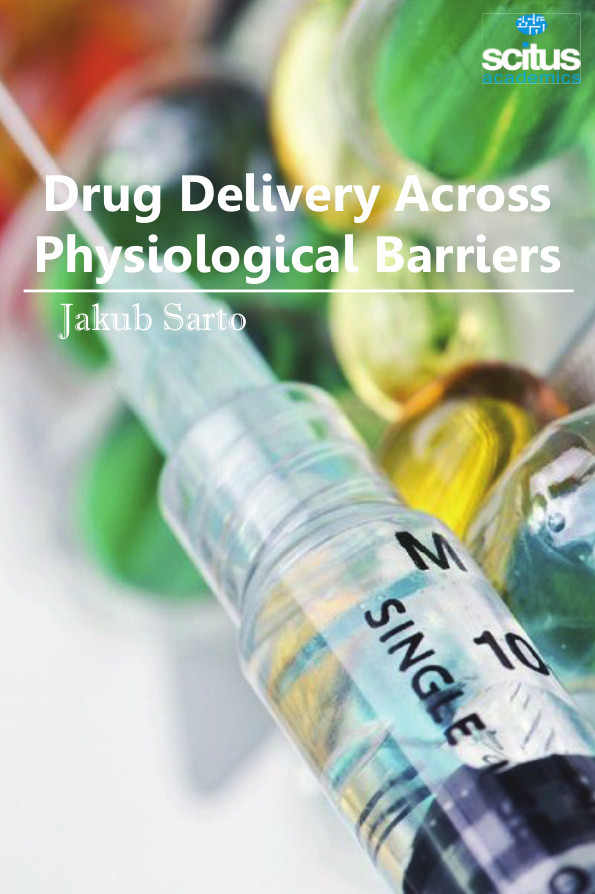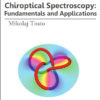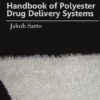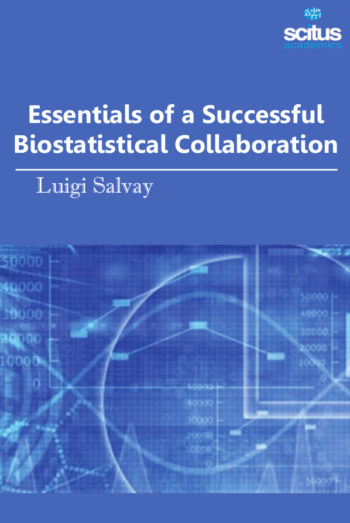Drug delivery is the method or process of administering a pharmaceutical compound to achieve a therapeutic effect in humans or animals. For the treatment of human diseases, nasal and pulmonary routes of drug delivery are gaining increasing importance. These routes provide promising alternatives to parenteral drug delivery particularly for peptide and protein therapeutics. Drugs have long been used to improve health and extend lives. The practice of drug delivery has changed dramatically in the last few decades and even greater changes are anticipated in the near future. Biomedical engineers have not only contributed substantially to our understanding of the physiological barriers to efficient drug delivery—such as transport in the circulatory system and drug movement through cells and tissues—they have contributed to the development of a number of new modes of drug delivery that have entered clinical practice.
Drug Delivery Across Physiological Barriers covers the physiological barriers controlling penetration and transport of substances in the body, strategies for drug penetration across tissue compartments, and drug transport into cells and their compartments. It provides an overview of the current advances in this field, including considerations on the biological regulation and natural mechanisms overcoming these barriers, as well as drug delivery strategies assisting the transport of drugs and their carriers at the tissue, cell, and subcellular levels. The recent progress of nano drug delivery systems in breaking the physiological barriers for more effective in vivo anti-tumor effect, in order to shed a new perspective on the development of tumor-targeted nano drug delivery systems are reviewed.
For any therapeutic agent to be effective, it must accumulate in target cells in optimal concentrations for a required duration of time. Unfortunately, physicochemical and physiological barriers can lead to heterogeneous accumulation of various therapeutic molecules, particles, and cells in solid tumors. In a disease such as cancer, failure to treat a small fraction of cells can result in tumor regrowth. Thus, it is crucial to know which cells have been successfully treated and which have not. To determine this, highresolution imaging of drug distribution and its physiological determinants is essential. Only with this knowledge can we improve drug delivery to all regions of a tumor.













